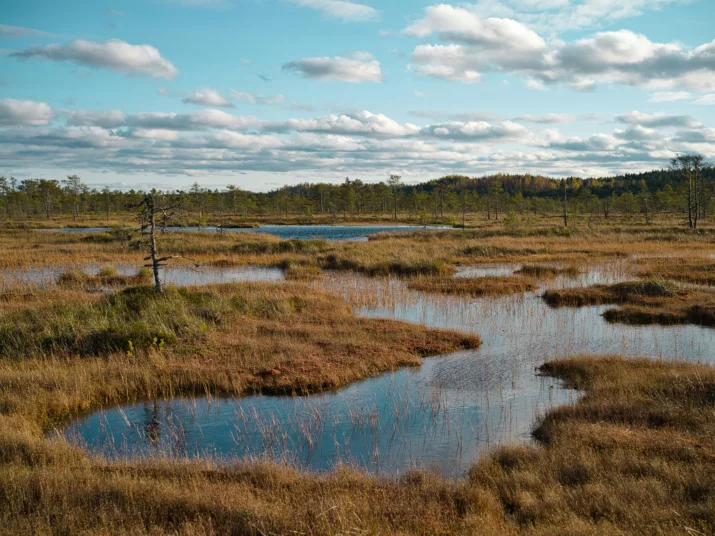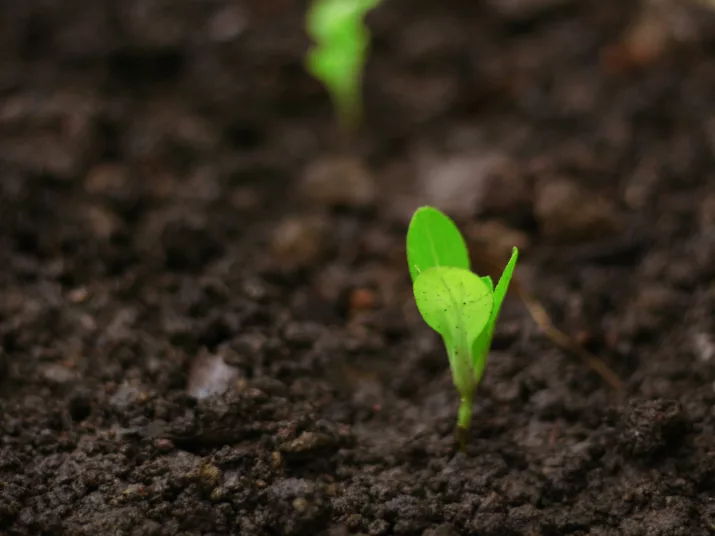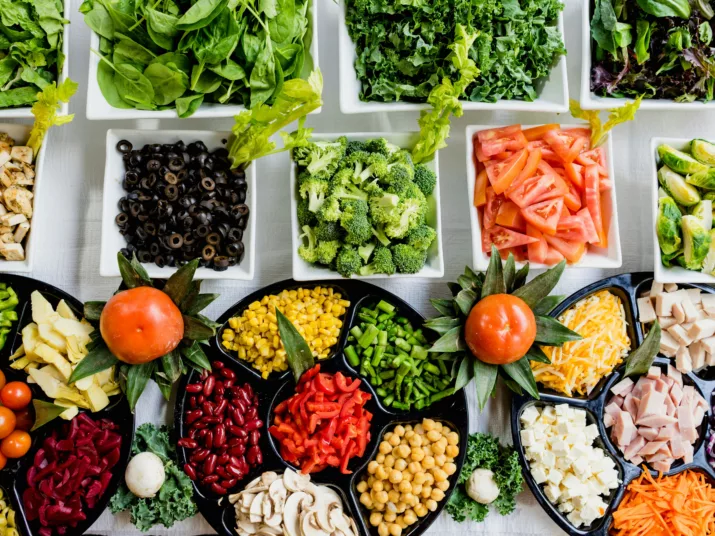
Climate change meets agriculture - and vice versa
Climate change is altering agriculture - in very different ways in different regions. While opportunities arise in some areas, massive yield losses threaten elsewhere. At the same time, agriculture itself is a driver of global warming. How can it adapt and at the same time become part of the solution?
Photo: Maksim Shutov auf Unsplash
In some areas, conditions could improve as a result of climate change - for example through longer growing seasons. In many other regions, however, especially in the global South, there is a threat of massive yield losses. For maize cultivation in West Africa, for example, researchers expect yields to fall by up to 40 percent. Countries that have historically contributed little to climate change are often particularly affected.
European Court of Auditors based on the 2021 greenhouse gas inventories of the EU-27 (EEA Greenhouse Gas Data Viewer, European Environment Agency (EEA)).
At the same time, agriculture itself contributes significantly to climate change. The global food system is responsible for around a quarter to a third of global greenhouse gas emissions. It is not only agricultural production that plays a role here, but also the way in which land is used. Large quantities of methane are produced in livestock farming, for example - especially by cattle. Nitrous oxide emissions from fertilizers and CO2 emissions from deforestation or draining peatlands are also important factors.


